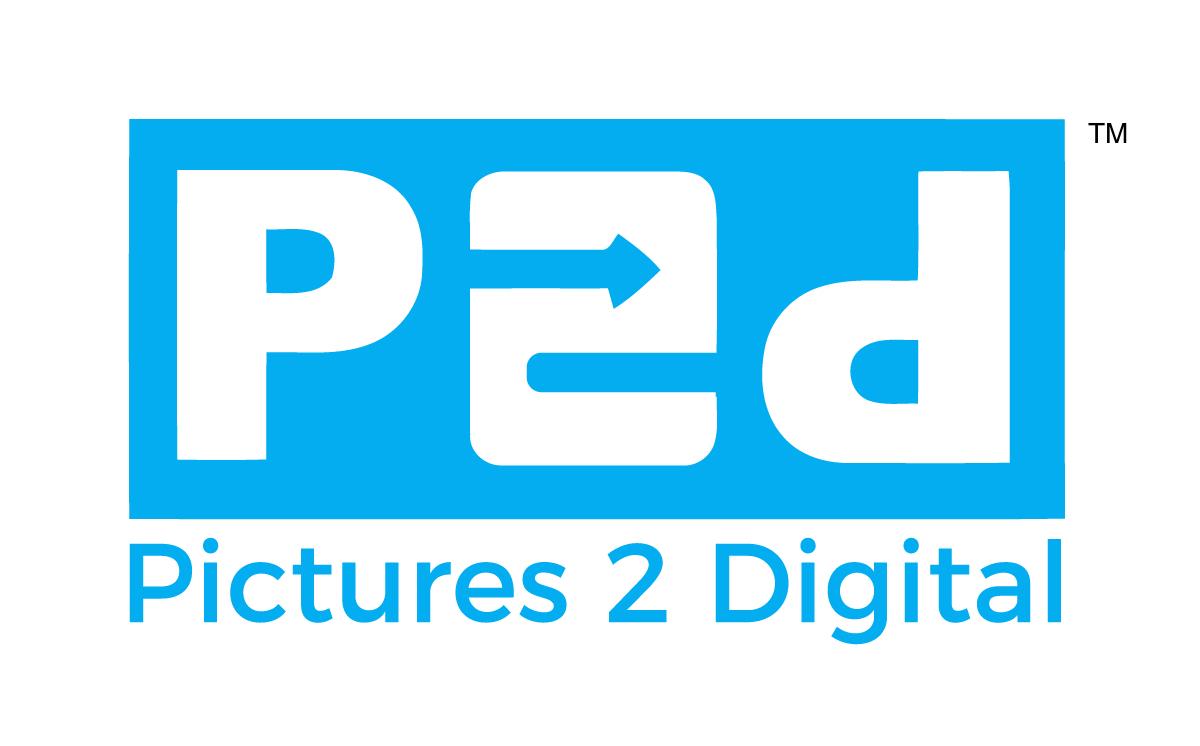With so many VHS tapes lying around and all the DIY conversion videos on YouTube, it can be very tempting to try out the process on your own. However, we must tell you, it’s not the best idea.
A DIY home movie transfer for downsizing isn’t impossible; many people are able to convert their home video to digital formats on their own using conversion kits and online tutorials. However, there’s a lot of margin for things to go wrong, and you may end up losing your footage.
Here are some other reasons you should consider professional services instead.
You May Lose Data
When you’re converting a video from one codec to the other, i.e., transcoding it, the compression will also be converted, resulting in data loss. Many people don’t actually know this happens, and as a result, they keep transcoding the video again and again, to get the full version, but what essentially happens is more loss of data and overall deterioration of the tape.
Professionals don’t make these mistakes, of course; they know the correct formats they’re supposed to encode the file in and know how to keep the video intact.
You May End Up with Unstable Or Choppy Recordings
Ideally, when you convert your VHS tapes to digital versions or DVDs, you want them to be better quality. However, if you’re DIY-ing this, there is a massive chance that you’ll end up with worse-quality versions.
This may happen for a lot of reasons. For starters, you don’t necessarily have the right tools. For instance, your conversion kit may not have a time-base correction. This can cause the frames the be dropped or skipped out, or it may even fail to record the whole video.
Also, you probably don’t have the right computer, hardware, and software included that’s needed for a smooth conversion. The capture software you’re using may be disrupted by other applications or software running in the background. Also, the drive could be too full, which could also result in unstable video conversion.
The Process Is More Extensive Than You Think

It may not have occurred to you, but modern TVs and computer displays aren’t interlaced. This means that you don’t see pictures on them the same way as you would on an older medium. These modern devices have something called a progressive scan instead.
When an analog video is converted to a digital format, the frames have to be converted from interlaced to progressive through de-interlacing. Without de-interlacing, your video may have a lot of issues. These will range from double images to jagged edges. Sometimes, people use field-bending to preserve the original frames in their entirety, but this still affects video quality in other ways.
You Could Lose Precious Memories
One reason we don’t recommend DIY video conversions at all is that it’s too much work with too much risk. Your precious memories are essentially at stake here, and we wouldn’t want you to lose them.
Let us handle your VHS to DVD conversions instead. At Pictures 2 Digital, we offer picture scanning services as well as analog tape to digital processing.
Give us a call for more information.

